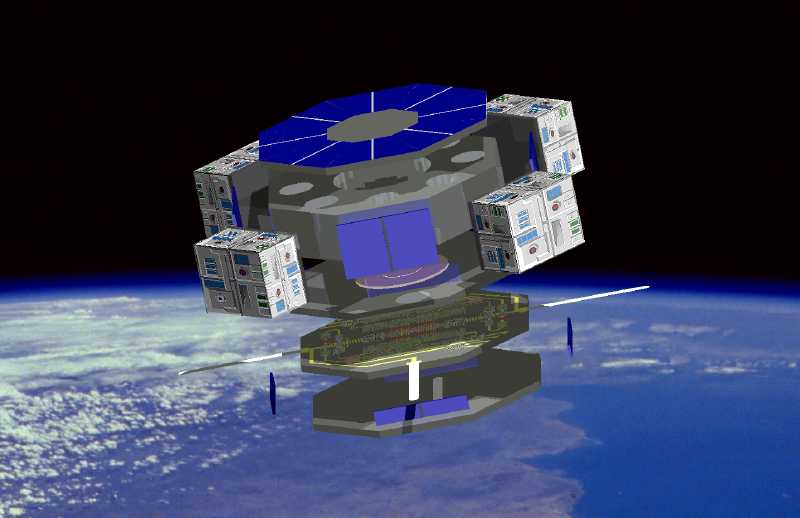Nanotechnology in Space: Exploring the Final Frontier

About Course
Nanotechnology is revolutionizing the way we approach the vastness of space. From enabling lighter spacecraft to crafting smarter sensors, this course delves into how cutting-edge nanoscale science is shaping the future of space exploration, colonization, and even space-based medicine. Whether you’re a curious student, a researcher, or a space tech enthusiast, this course offers an exciting journey into the marriage of nanoscience and space missions.
We’ll explore real-world applications of nanosensors, nanorobotics, and nanomaterials that are currently redefining our capabilities in orbit and beyond. You’ll learn how these innovations contribute to energy efficiency, sustainability, and safety in extreme environments—paving the way for human expansion beyond Earth. Through case studies, examples, and emerging research, this course will inspire you to see space not just as a final frontier, but as a canvas for nano-powered innovation.
Course Content
Introduction
Explanation of Nanotechnology
00:00Importance of Nanotechnology in Space
00:00Purpose of the eBook
00:00